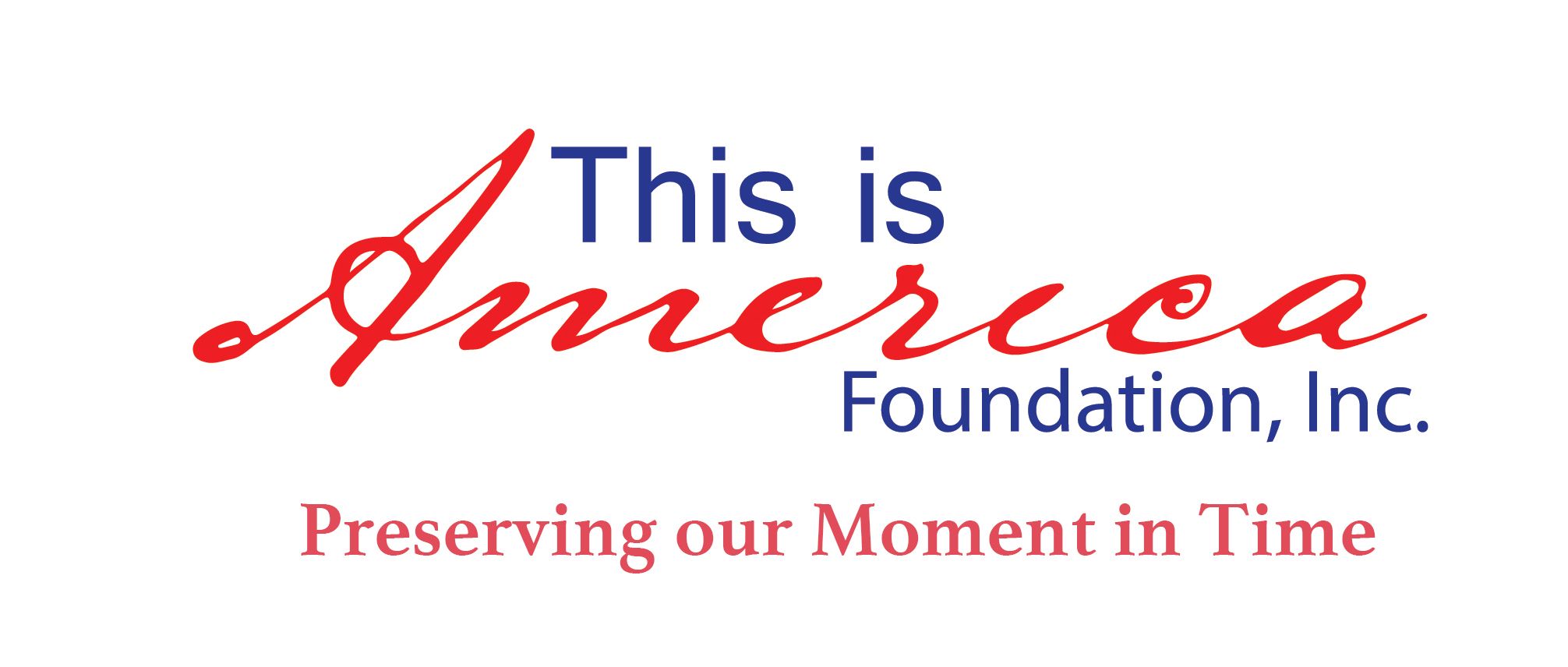WHAT IF?
What if Mathew Brady and his assistant, Alexander Gardner, had not photographed Abraham Lincoln and Horace Greeley and even John Wilkes Booth in their Washington studio, and then rattled their photo wagon out to Civil War battlefields to record unsettling images of the carnage?
What if a now-anonymous photographer – likely a Wright Brothers assistant – had not snapped a photograph of Orville Wright’s first flight of a powered aircraft on a windswept North Carolina beach on a cold December day in 1903?
What if, amid the horror, no one had recorded the terrible ending of the German airship Hindenburg in Lakehurst, New Jersey, on an early-May day in 1937?
What if Depression-era photographer Dorothea Lange had not stopped to photograph a weary “Migrant Mother” and her clinging children as Arthur Rothstein was capturing despairing Dust Bowl families and Walker Evans was gathering images of grime-covered child laborers in mines and mills?
What if photographers had not recorded humdrum slices of American life: cluttered Manhattan newsstands, weathered Vermont feed stores, humble Illinois motor courts, lonely Nebraska sod houses, dusty New Mexico trails – and the people who lived and worked in these places?
And here’s a more important question:
What if these images had been taken but never preserved for us to savor and use? What if, like billions of other photographs and moving pictures, they had been lost in the mists of time?
To our great benefit and relief, they and more than 15 million other historic photographs – dating to the days of the daguerreotype and before – are priceless national treasures, safely and meticulously preserved at America’s oldest federal cultural institution: our majestic Library of Congress.
Not just preserved, but also available to anyone, anywhere in the world, without copyright restriction.
The nonprofit, 501(c)3 This is America! Foundation is chartered to produce such memorable visual images of our times.
They include scenes of what we call “Disappearing America”: everyday places that have been threatened or abandoned: Sagging barns. Decrepit gas stations. Stripped and empty drive-in movie theaters. Shabby trailer courts and family-owned motels, cluttered general stores and old-time butcher shops barely hanging on. Quirky roadside attractions and freaky museums, too, shuttered forever as interstate highways and rampant development sap the life out of old, two-lane roads.
These and countless other places — and people of all ages and backgrounds and status in every American state — are the focus of a This is America! Foundation explorer: renowned American visual documentarian Carol M. Highsmith.
For 40 years, Highsmith has crisscrossed the nation, producing a vast visual record. Her ever-growing Library of Congress collection of more than 60,000 images (to date) is ranked among six featured archives, alongside the work of Brady, Lange, pioneer female photographer Frances Benjamin Johnston, and others.
Highsmith is the only living photographer so honored.
Under the auspices of the This is America! Foundation, Highsmith has created the definitive visual study of early 21st-Century America on a scale not even attempted since the depths of the Great Depression 85 years ago.
And unlike millions of other photographs snapped each day – mostly on cellphones – and then discarded, exhibited, sold, or lost, Highsmith’s images of new and weathered places across America will survive for untold generations to come.
Because their photographs will be protected, preserved, and made available to everyone, everywhere without copyright restriction at the place revered as “America’s Memory,” they will be tomorrow’s historic images over which our grandchildren and their children, and generations beyond will linger.
Thanks to their incomparable preservation specialists and facilities, Library of Congress curators say they’ll be available “without end date,” even as today’s digital format, like yesterday’s celluloid film, becomes outdated and unreadable.
The generous donors, large and small, who underwrite the ambitious expeditions of the This is America! Foundation will also be supporting the unending preservation mission of the Library of Congress: the greatest body of knowledge and creativity on earth.
Please read on, and perhaps you will be moved to join those who are financially making possible this sweeping and historic “project of a lifetime” that benefits our treasured national repository of knowledge . . . and us all.















